Ready to supercharge your UX design skills? ⚡ Buckle up and prepare to embark on a journey through “Heuristic Evaluation: 15 Tips,” a comprehensive guide crafted to help you navigate the world of usability like a seasoned pro. This treasure trove of usability expert advice will transform how you approach heuristic evaluation and illuminate the path to creating truly remarkable user experiences.
In this article, you’ll uncover:
- Tried-and-true tactics for optimizing usability
- Pearls of wisdom from industry experts
- Real-world examples that make complex concepts relatable
Additionally, we’ll delve into the power of Plerdy UX & CR analysis – a valuable tool in your heuristic evaluation arsenal. With Plerdy by your side, you’ll unlock data-driven insights that will help you pinpoint areas for improvement and propel your UX design to new heights.

This post can help you overcome usability issues, whether you’re a UX designer or new to heuristic evaluation. So roll up your sleeves and dig into various practical techniques that will change your UX design forever.
What Is Heuristic Evaluation In Ux Design And Usability?
Heuristic evaluation, a cornerstone of UX design, breathes life into user experiences by applying time-tested principles to optimize usability. Like a skilled artisan, this trusty technique fine-tunes the complex components of a user interface.
At its core, heuristic evaluation involves:
- Identifying usability issues
- Prioritizing necessary improvements
- Implementing solutions to enhance user satisfaction
Experts scrutinize the interface, comparing it against established heuristics–the golden usability standards. Then, like a master chef refining a recipe, they spot, tweak, and perfect the ingredients until the dish sings with flavor.
Imagine navigating a maze of a website, feeling lost and frustrated. With heuristic evaluation, UX designers unravel the tangled web, paving a smooth, effortless path for users. They transform the user experience from a chore into a delight by addressing issues like visibility, consistency, and flexibility.
A shining example is a navigation menu that adapts to users’ needs–a chameleon in the digital realm. Users no longer fumble through a static labyrinth but glide through a responsive, intuitive environment. This active approach empowers users, paving the way for a harmonious blend of form and function.
Ultimately, heuristic evaluation in UX design and usability is like a master key that unlocks a treasure trove of user satisfaction–one that elevates products and sets them apart in today’s competitive landscape.
How To Conduct A Heuristic Evaluation?
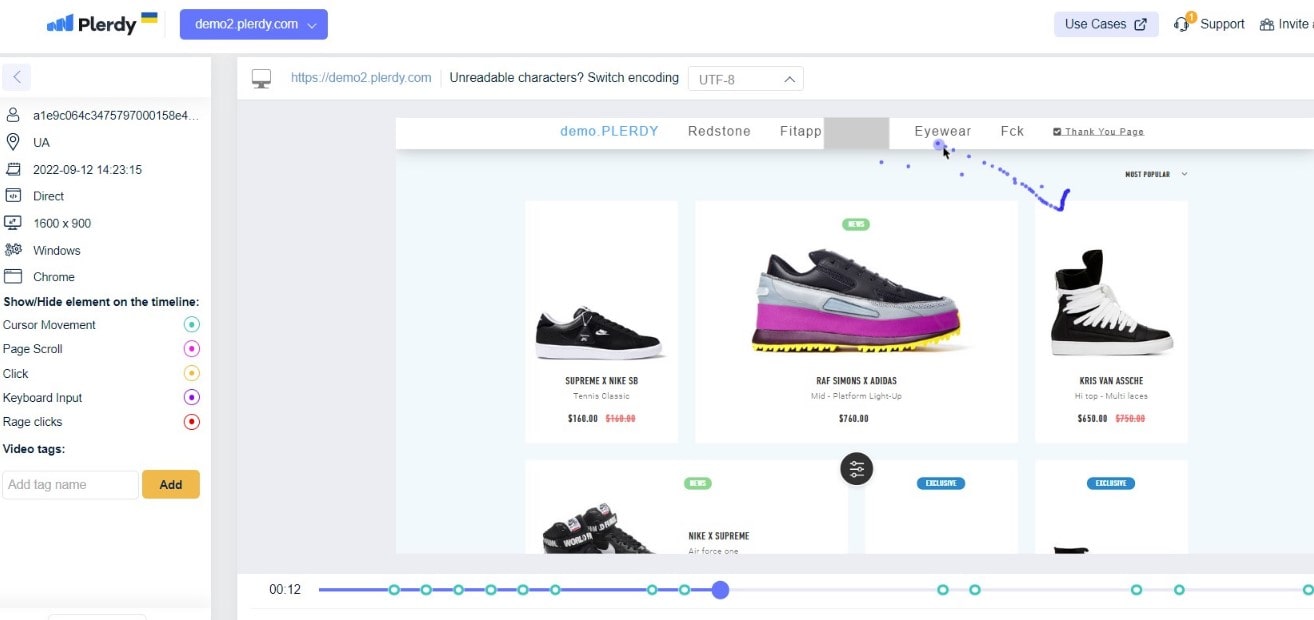
Conducting a heuristic evaluation in UX design is akin to assembling a jigsaw puzzle–meticulously connecting the pieces to unveil a masterpiece. The process unfolds in well-choreographed steps, each vital in ensuring usability triumphs.
First, assemble a panel of seasoned experts well-versed in usability heuristics. Like skilled detectives, they’ll scrutinize every detail, ensuring no stone is left unturned. Next, provide a comprehensive overview of the product or interface, equipping evaluators with the context required to dive deep into the assessment.
Now, it’s time to unleash the evaluators, allowing them to navigate and inspect the interface independently. As they sift through the digital landscape, they’ll compare it against a set of predetermined usability principles, such as:
- Visibility of system status
- Match between the system and the real world
- User control and freedom
- Consistency and standards
- Error prevention
Once they’ve wrapped up their investigations, compiling their findings and merging the insights to create a unified report is crucial. This invaluable document, rich with wisdom, will guide the design and usability team in addressing the identified issues.
Finally, prioritize and implement the suggested improvements, refining the interface like a master sculptor chiseling away at a masterpiece. The heuristic evaluation breathes life into digital experiences through this meticulous process, ensuring users enjoy a seamless, delightful journey.
What Are The Pros And Cons Of A Heuristic Evaluation?

Heuristic evaluation, a linchpin in the UX design world, has advantages and drawbacks. Like a double-edged sword, it empowers and constrains designers, shaping the user experience in multifaceted ways.
Pros:
- Cost-effective: It’s like getting more bang for your buck, as fewer resources are required than extensive user testing.
- Rapid results: Time is money, and heuristic evaluation delivers insights in the blink of an eye.
- Early identification: Pinpointing issues during the initial stages helps nip problems in the bud, paving the way for smooth sailing.
Cons:
- Limited perspective: Experts may overlook certain usability issues, as they must fully mirror the target audience’s needs.
- Subjectivity: Evaluators might bring their biases, coloring the results with their preferences.
- Preliminary analysis: Heuristic evaluation, like a compass, points in the right direction but doesn’t provide a comprehensive view of user interactions.
Despite its imperfections, heuristic evaluation remains a valuable tool in a UX designer’s arsenal. By weighing the pros and cons, designers can effectively harness this technique, creating user experiences that dazzle and delight.
Should You Pay For A Heuristic Evaluation Or Do It Yourself?

The age-old question arises regarding heuristic evaluation: should you shell out the cash for a professional or dive in headfirst and tackle it yourself? The answer, like navigating a winding road, hinges on various factors.
Consider the following when making your decision:
- Expertise: Professionals bring a wealth of experience to the table, pinpointing usability issues like a hawk spotting its prey. Hiring a usability expert might be the best bet if you lack the know-how.
- Time: Taking on the task yourself requires time and commitment. If juggling multiple responsibilities, delegating the job to a pro might be wise.
- Budget: Outsourcing the evaluation might stretch your wallet, while the DIY approach can be more budget-friendly.
Ultimately, the choice boils down to your unique situation. If you have the necessary skills and time on your hands, tackling the heuristic evaluation yourself can be a rewarding experience. However, if you’re strapped for time or lack expertise, investing in a professional evaluator might be the ace, ensuring a top-notch user experience for your project.
List Of The Best 15 Tips for Heuristic Evaluation
When done right, heuristic evaluation can be a game-changer in the realm of usability. Delve into a treasure trove of insights with “Heuristic Evaluation: 15 Tips,” a veritable goldmine for UX enthusiasts. By following these carefully curated pearls of wisdom, you’ll navigate the labyrinth of user experience like a seasoned pro, leaving no stone unturned in your quest for digital excellence.
1. Understanding Heuristics

Understanding heuristics is crucial in usability, as they serve as guiding principles for designing effective user interfaces. Heuristics, often called rules of thumb, enable a streamlined evaluation process, pinpointing usability issues before they become glaring problems for users.
When conducting a heuristic evaluation, experts assess a product’s usability based on established heuristics, such as Nielsen’s ten usability heuristics, which include:
- Visibility of system status
- User control and freedom
- Consistency and standards
- Error prevention
- Recognition rather than recall
- Flexibility and efficiency of use
- Aesthetic and minimalist design
- Help users recognize, diagnose, and recover from errors
- Help and documentation
Take, for example, the heuristic of “consistency and standards.” This principle emphasizes the importance of maintaining a uniform design language throughout a product, ensuring users can easily navigate and interact with the interface. Another key heuristic, “flexibility and efficiency of use,” highlights the necessity of accommodating novice and experienced users by providing shortcuts and adaptable features.
2. Assembling the Evaluation Team

A heuristic evaluation requires assembling the evaluation and usability team to optimize website usability. The team should comprise diverse individuals with varying expertise, as this promotes a well-rounded assessment and prevents potential blind spots.
When selecting evaluators, consider the following:
- UX experts with heuristic evaluation experience
- Professionals knowledgeable in the product’s domain
- Individuals possessing complementary skill sets
An ideal usability team size is typically three to five evaluators. This number balances obtaining diverse perspectives and keeping the process manageable. A larger team risks diluting the feedback, while a smaller one may fail to uncover critical issues.
Once the team is assembled, encourage open communication and collaboration. Foster an environment where evaluators feel comfortable sharing their insights and constructively critiquing one another’s findings. This way, the team can collectively tackle usability issues head-on.
Moreover, establish clear roles and responsibilities for each evaluator. This approach streamlines the process, ensuring every aspect of the product is assessed thoroughly. Finally, increase your website’s usability by hiring a broad usability team of skilled individuals.
3. Preparing for the Evaluation

Preparing for the evaluation is crucial in ensuring a fruitful heuristic evaluation process, as it sets the stage for a comprehensive usability assessment. Begin by outlining the evaluation goals, which serve as a roadmap for evaluators to follow. These objectives should be specific, measurable, and aligned with your product’s vision.
Gather necessary materials and tools for the evaluation, such as:
- The product or prototype to be evaluated
- A list of established heuristics to guide the assessment
- Documentation templates for capturing findings
- Any additional resources, like user personas or task scenarios
Next, establish a clear evaluation timeline, allocating sufficient time for evaluators to thoroughly examine the online store and share their findings. This schedule should account for any follow-up discussions or modifications based on the evaluation results.
As part of the preparation, ensure that all evaluators understand the heuristics to be applied during the assessment. Providing them with educational resources and ample opportunity for discussion helps foster a shared understanding of the principles guiding the evaluation.
Finally, create a conducive environment for the evaluation. This includes setting up a dedicated space for evaluators to work, providing necessary supplies, and ensuring all team members access the product and relevant documentation. By meticulously preparing for the heuristic evaluation, you pave the way for a smooth, efficient process that uncovers valuable insights, ultimately enhancing your product’s usability and overall user experience.
4. Familiarize Evaluators with Heuristics
![]()
Familiarizing evaluators with heuristics is vital in conducting a successful heuristic evaluation. It ensures that all team members share a common understanding of the guiding principles to assess usability. This alignment fosters collaboration and allows for a more thorough evaluation.
To familiarize evaluators with heuristics, consider these strategies:
- Conduct a workshop or training session focused on heuristics and their application
- Share articles, videos, or other educational resources on heuristic principles
- Organize team discussions to exchange ideas and explore different interpretations of heuristics
For instance, providing evaluators with materials on Nielsen’s ten usability heuristics can help create a solid foundation for the assessment. These established principles offer a comprehensive framework that addresses various aspects of usability, such as consistency, user control, and error prevention.
Moreover, encourage evaluators to draw on their past experiences and learn from one another. Peer-to-peer knowledge sharing can help the team develop a more nuanced understanding of heuristics and their practical application.
By investing time in familiarizing your evaluation usability team with heuristics, you lay the groundwork for a cohesive and effective assessment process. This shared understanding enables evaluators to identify usability issues with greater precision, ultimately improving the overall user experience of your product.
5. Develop a Structured Evaluation Process
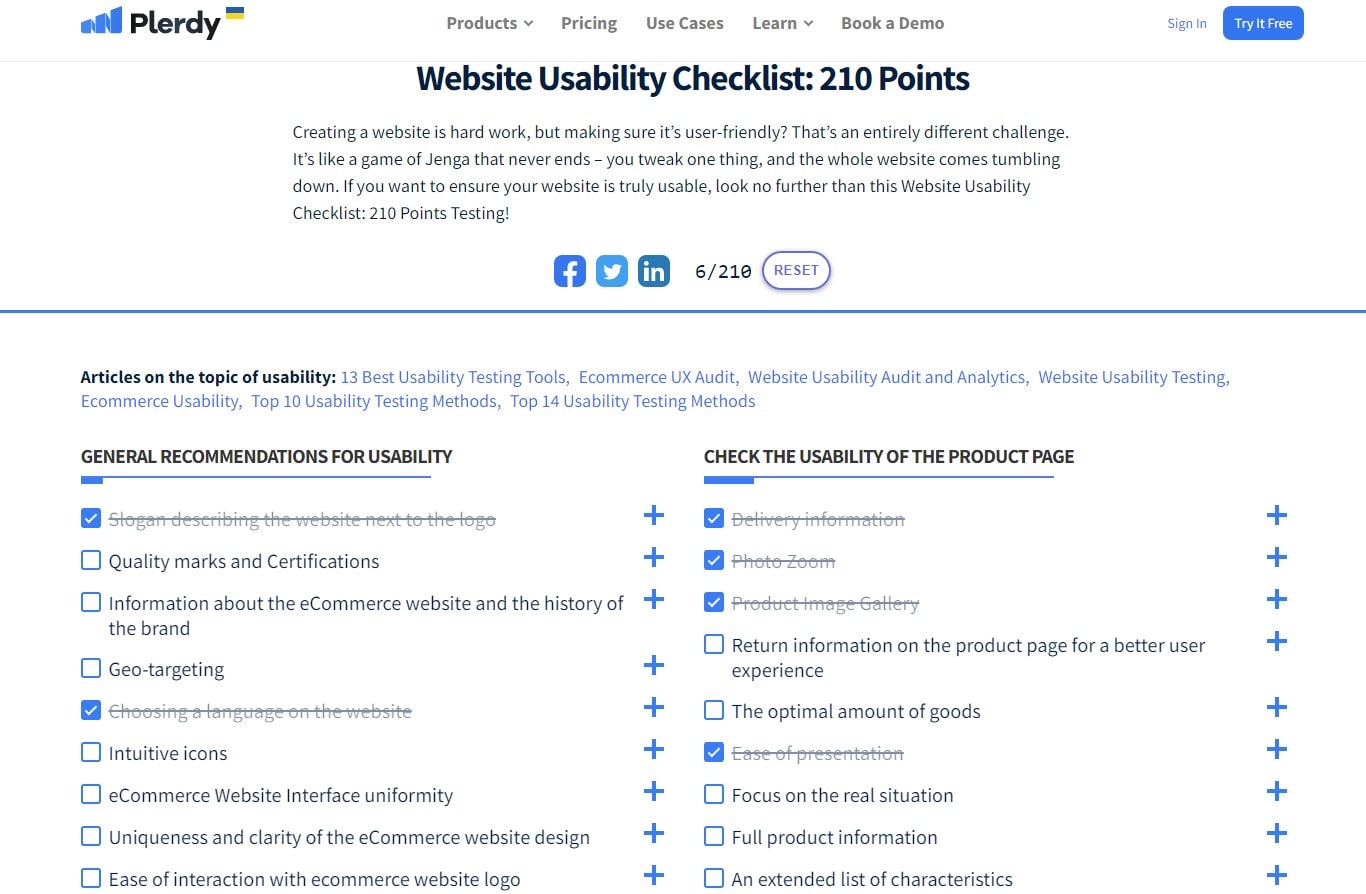
Developing a structured evaluation process is essential for a successful heuristic evaluation, as it streamlines the assessment and ensures that all usability aspects are thoroughly examined. Furthermore, evaluators can work cohesively and consistently by following a well-defined process, leading to more accurate results.
Consider these steps to create a structured evaluation process:
- Define evaluation goals and objectives to guide the assessment
- Select appropriate heuristics based on product requirements and context
- Assign specific tasks or scenarios for evaluators to explore during the assessment
- Establish a clear timeline, including evaluation, review, and follow-up sessions
- Provide standardized documentation templates to capture findings
For instance, incorporating task scenarios into the evaluation process allows evaluators to examine the website from the user’s perspective. As a result, they can better identify potential usability issues and suggest improvements by focusing on specific tasks.
Structured evaluation will improve heuristic assessment efficiency and accuracy. This method helps your usability team find useful insights to improve your product’s usability and user experience.
6. Set Realistic Expectations
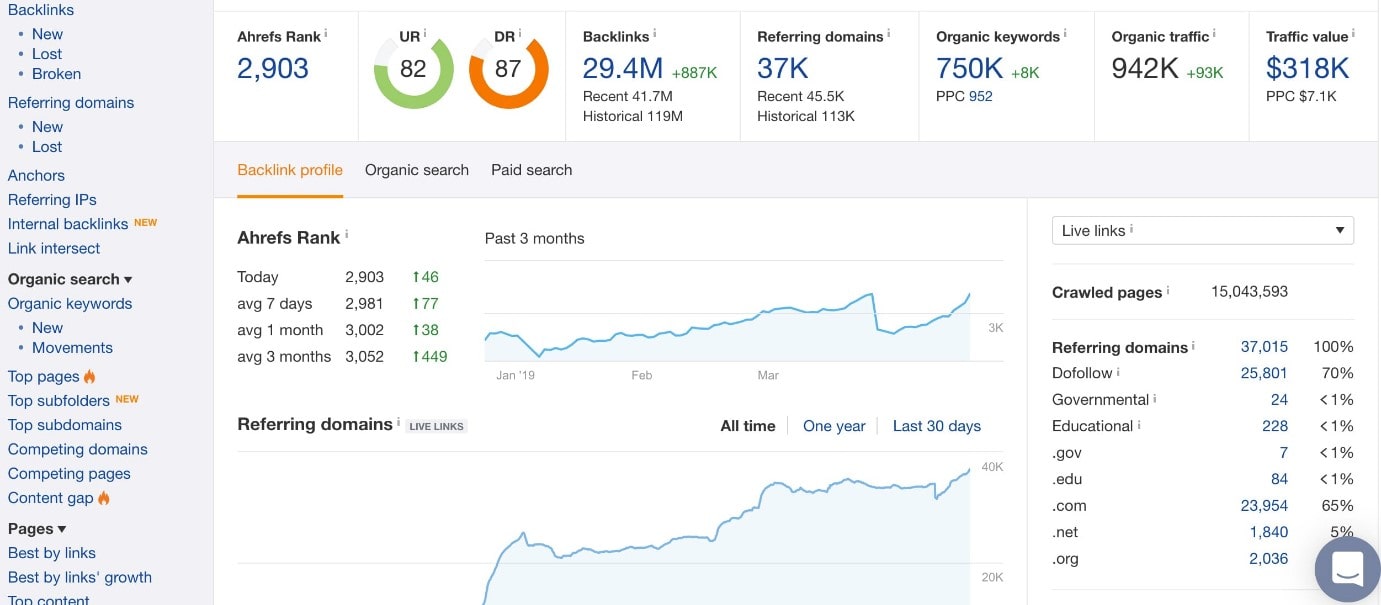
Setting realistic expectations is crucial when conducting a heuristic evaluation to ensure its effectiveness in enhancing your product’s usability. By managing expectations, you can better align your team’s efforts with the desired outcomes and prevent potential disappointment or frustration.
Keep these points in mind when setting expectations:
- Acknowledge that heuristic evaluations are not a one-size-fits-all solution for every usability issue
- Recognize that evaluations may reveal both expected and unexpected findings
- Understand that improvements may require iterations and refinements based on feedback
For example, it’s essential to remember that heuristic evaluations focus on identifying usability issues rather than providing an exhaustive list of solutions. Nevertheless, the findings can be a starting point for further research, user testing, or design exploration.
Additionally, setting realistic expectations means acknowledging that heuristic evaluations are just one aspect of a broader UX improvement strategy. Other methods, such as user interviews or A/B testing, complement the evaluation to provide a more comprehensive understanding of the product’s usability.
Setting reasonable expectations helps your usability team use the heuristic evaluation to achieve usability excellence. This mindset lets you maximize your evaluation and gain valuable information to improve your product and give people a great experience.
7. Encourage Diversity of Perspectives

Encouraging diversity of perspectives during a heuristic evaluation is vital for comprehensively understanding your product’s usability. By embracing various viewpoints, you can uncover a broader range of potential issues and gain insights that might have been overlooked.
Consider these strategies to promote diversity within your evaluation team:
- Assemble a multidisciplinary team with members from different backgrounds and expertise
- Encourage open communication and active listening among team members
- Establish a safe environment where everyone feels comfortable sharing their thoughts and opinions
- Foster a culture of constructive criticism and appreciation for diverse ideas
For instance, having team members with usability expertise in design, development, and user experience can lead to a more well-rounded assessment. Each usability expert can bring their unique perspective, allowing the team to identify issues that may have yet to be apparent to someone with a different background.
By encouraging diversity of perspectives, you can make the most of your heuristic evaluation and ensure a more comprehensive assessment of your product’s usability. Furthermore, this inclusive approach allows you to uncover valuable insights and devise effective solutions, ultimately enhancing the user experience and setting your product apart from the competition.
8. Prioritize Issues and Recommendations

Once your heuristic evaluation has been completed, it’s essential to prioritize the identified issues and recommendations. This will ensure that your team can tackle the most pressing concerns first, maximizing the impact of your efforts to enhance usability.
Keep these guidelines in mind when prioritizing issues and recommendations:
- Focus on the severity of each issue, taking into account its impact on the user experience and potential consequences if left unaddressed
- Weigh the frequency of occurrence, noting how often an issue arises during typical user interactions
- Evaluate the ease of implementation, considering the time and resources required to address each concern
For example, you might prioritize issues as follows:
- High severity, high frequency, and easy to fix
- High severity, high frequency, but challenging to fix
- High severity, low frequency, and easy to fix
- Low severity, low frequency, but easy to fix
By systematically prioritizing issues and recommendations, you can ensure that your team tackles the most significant concerns first, leading to a more effective and efficient usability improvement process. This strategic approach allows you to make the most of your resources and time, ultimately resulting in a more user-friendly product that better meets the needs and expectations of your target audience. Stay focused on the big picture, and remember that every improvement counts in enhancing the overall user experience.
9. Capture and Organize Findings
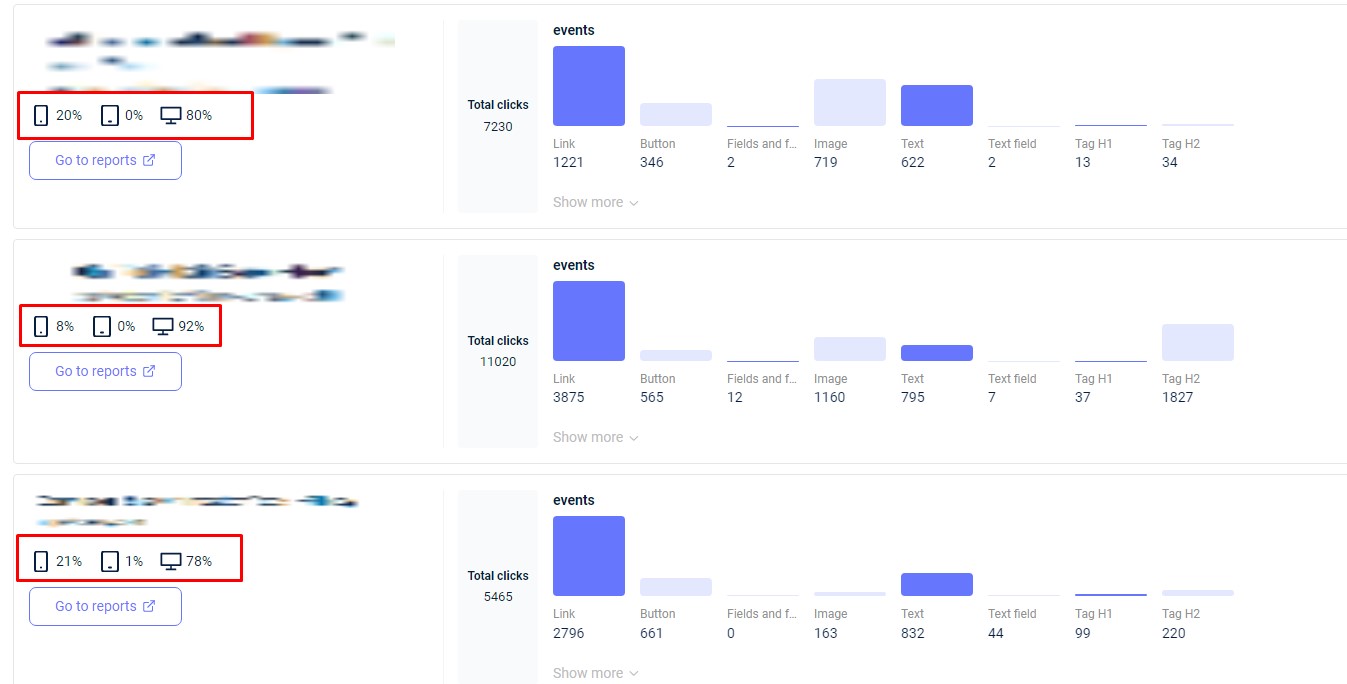
Capturing and organizing findings during a heuristic evaluation is paramount for effective usability improvements. By keeping a clear and structured record, you streamline the process of addressing issues and implementing recommendations.
Follow these steps to capture and organize your findings efficiently:
- First, create a standardized template – Ensure consistency by using a uniform format for recording identified issues and recommendations.
- Use descriptive labels – Employ clear and concise labels to categorize each finding, facilitating easy retrieval later.
- Document visual evidence – Incorporate screenshots or sketches to provide context for each issue, making it easier to understand and address.
- Rank by priority – Assign a priority level to each finding, guiding your team’s focus toward the most pressing concerns.
- Centralize information – Store all findings in a single, accessible location, enabling seamless collaboration and easy updates.
You’ll pave the way for swift and effective usability enhancements by diligently capturing and organizing your heuristic evaluation findings. This systematic approach helps you stay on track, maintain a clear overview of progress, and ensure that no critical issues slip through the cracks. Ultimately, it’s all about refining the user experience and delivering a product that truly caters to the needs of your target audience.
10. Provide Context for Issues

In the realm of heuristic evaluation, providing context for issues is critical to ensure usability improvements. By offering a detailed understanding of each problem, evaluators help developers and designers grasp the gravity of the situation and pinpoint appropriate solutions.
Here are some strategies to effectively provide context for issues discovered during heuristic evaluations:
- Describe the user journey – Detail users’ steps when encountering the issue, shedding light on possible pain points.
- Identify affected user groups – Specify which target audience segments are most impacted, enabling tailored solutions.
- Explain the severity – Assess the issue’s impact on user experience, clarifying why the problem requires attention.
- Cite relevant heuristics – Relate each issue to specific heuristics, reinforcing the rationale behind your findings.
- Offer examples – Use real-world scenarios to illustrate how the issue manifests, making it more relatable for stakeholders.
By providing context for issues, you enable your team to tackle usability concerns with a clear understanding of their importance and implications. This approach empowers decision-makers to prioritize resources effectively, creating a more user-centric and engaging product that fulfills the target audience’s needs. Remember, context is key to making informed choices and achieving desired outcomes.
11. Encourage Open Communication

Encouraging open communication is vital in the heuristic evaluation process, as it fosters a collaborative environment where usability challenges are addressed effectively. The team can identify and resolve issues more efficiently by creating a space where ideas and feedback flow freely.
Consider these tips to promote open communication during heuristic evaluations:
- Establish a blame-free culture – Ensure team members feel comfortable discussing issues without fear of criticism or retribution.
- Promote active listening – Encourage participants to listen attentively to their colleagues, demonstrating respect for diverse perspectives.
- Schedule regular check-ins – Organize periodic meetings to discuss progress, share updates, and address concerns as they arise.
- Leverage digital tools – Utilize platforms that facilitate real-time collaboration and information sharing.
- Celebrate successes – Acknowledge accomplishments and progress, motivating team members to continue their efforts.
A team that embraces open communication effectively navigates the complexities of heuristic evaluation, resulting in more robust usability improvements. By encouraging collaboration, you empower everyone to share their skills and provide a great user experience. In the end, open communication paves the way for innovation and success in the world of usability.
12. Validate Findings with User Testing

Validating findings with user testing is crucial in refining heuristic evaluation outcomes, ensuring usability improvements align with real-world user needs. You can confidently fine-tune your solutions by testing the proposed changes, bridging the gap between usability expert insights and user perspectives.
Consider these steps to validate heuristic evaluation findings with user testing:
- Select representative users – Recruit participants who embody your target audience, ensuring their feedback mirrors user experiences.
- Develop realistic tasks – Create scenarios that reflect typical user interactions, promoting genuine engagement with the product.
- Observe and record – Carefully monitor user behavior, noting patterns, obstacles, and moments of success.
- Analyze the data – Examine collected information, identifying areas where heuristic evaluation findings align or diverge from user feedback.
- Iterate and refine – Utilize insights from user testing to fine-tune your solutions, optimizing usability based on user needs.
By incorporating user testing into your heuristic evaluation process, you can validate the effectiveness of your recommendations, ultimately crafting a user experience that truly resonates with your audience. This marriage of expertise and real-world insights ensures a more robust and user-centric final product.
13. Iterate and Re-evaluate

In the world of usability, iteration and re-evaluation are essential components of fine-tuning user experiences. Refining a product or interface is not a one-and-done endeavor; it’s an ongoing journey that benefits from continuous improvement, considering heuristic evaluation findings, user feedback, and evolving market demands.
To ensure a successful iterative process, consider the following steps:
- First, implement improvements – Address issues and recommendations from the heuristic evaluation by making targeted changes to your product.
- Conduct user testing – Assess the impact of your modifications by engaging with representative users in realistic scenarios and gathering valuable feedback.
- Analyze results – Examine data from user testing, identifying areas where your changes had a positive impact and those that may require further adjustments.
- Adapt and refine – Use insights from user testing and heuristic evaluation to make informed decisions on subsequent iterations, continually refining your product.
- Re-evaluate – Periodically perform heuristic evaluations to ensure your product stays aligned with usability best practices and evolving user needs.
By embracing an iterative approach and regularly re-evaluating your product, you’ll foster a culture of continuous improvement. This commitment to progress will yield a user experience that stands the test of time, outshining competitors and resonating with your target audience. Balancing expert views with user feedback will improve your website’s usability.
14. Share Results with Stakeholders

Sharing the results of a heuristic evaluation with stakeholders is a pivotal step in the usability optimization process. Clear communication and stakeholder collaboration ensure everyone remains on the same page, fostering a supportive environment where improvements can be made effectively.
To share results with stakeholders, consider the following best practices:
- First, summarize findings – Compile a concise yet informative overview of key insights, focusing on the most significant issues and recommendations.
- Present data visually – Leverage charts, graphs, and other visual aids to illustrate your findings, making them more digestible and engaging.
- Highlight success stories – Showcase areas where your product excels, celebrating achievements while still acknowledging areas for improvement.
- Provide context – Explain the implications of each finding, relating them to the overall user experience and business goals.
- Outline next steps – Offer a clear action plan for addressing identified issues, including timelines and responsibilities.
Sharing heuristic evaluation results successfully empowers stakeholders to make educated decisions and contribute to optimization. Remember, transparency and collaboration are essential for creating a unified team to enhance usability, ultimately leading to a superior user experience and greater satisfaction for users and stakeholders.
15. Learn from the Evaluation Process
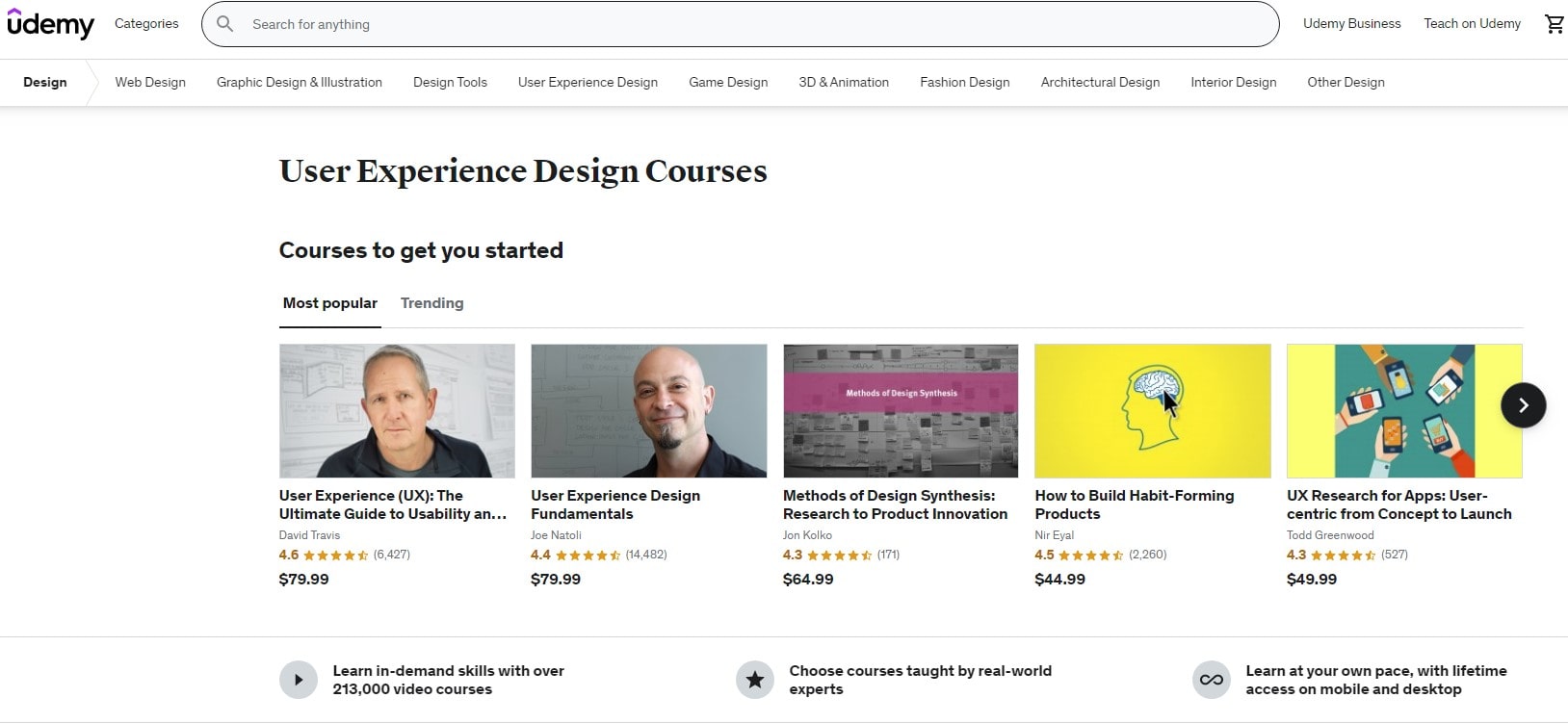
Learning from the evaluation process is crucial in usability and heuristic evaluations. The insights from these assessments pave the way for refined user experiences, ensuring that products and services align with user expectations.
Here are some key takeaways to consider as you learn from the heuristic evaluation process:
- Analyze patterns: Identify recurring issues across different aspects of the product, shedding light on deeper-rooted problems that require attention.
- Recognize successes: Build on your website’s strengths.
- Embrace feedback: Welcome constructive criticism and use it as a springboard for improvement rather than viewing it as a negative aspect.
- Foster collaboration: Encourage open communication among team members and stakeholders, allowing for a diverse range of perspectives to be considered.
- Adapt and evolve: Implement changes based on findings and continuously re-evaluate to ensure ongoing alignment with user needs and expectations.
By taking these lessons to heart, you’ll be better equipped to navigate the ever-evolving landscape of usability. Remember that the evaluation process is an ongoing cycle of continuous improvement that keeps your product in sync with users’ expectations and preferences, ultimately leading to a more satisfying user experience and bolstering brand reputation.
Bottom Line
As we wrap up our deep dive into “Heuristic Evaluation: 15 Tips,” it’s clear that mastering this art can significantly boost your website’s usability. From learning Nielsen’s principles to applying cognitive walkthroughs, you’ve taken a huge leap forward in your UX journey. ⚡
To sum it up, here’s what we’ve covered:
- Time-tested heuristic evaluation techniques
- Key elements to keep an eye on for enhanced UI
- Case studies that demonstrate the power of usability improvements
You can confidently tackle your next heuristic evaluation with these insights in your back pocket. And remember, continuous improvement is the name of the game. So keep iterating, refining, and optimizing your site’s usability to stay ahead of the curve.
Consider incorporating Plerdy and CRO into your toolkit. These resources can help you discover user behavior, uncover hidden opportunities, and make data-driven decisions to maximize your website’s potential.
